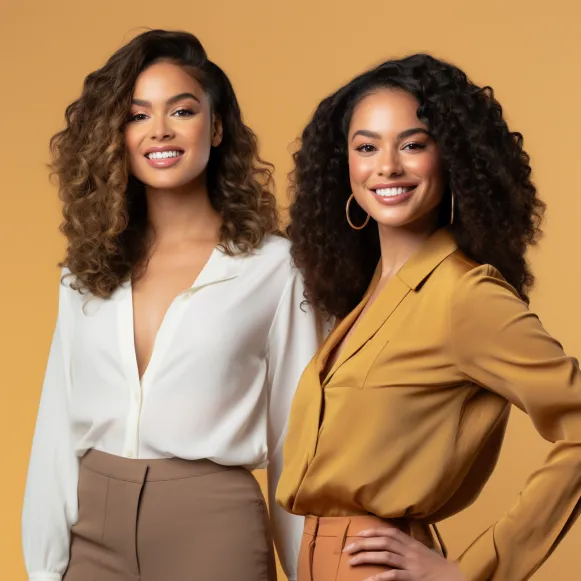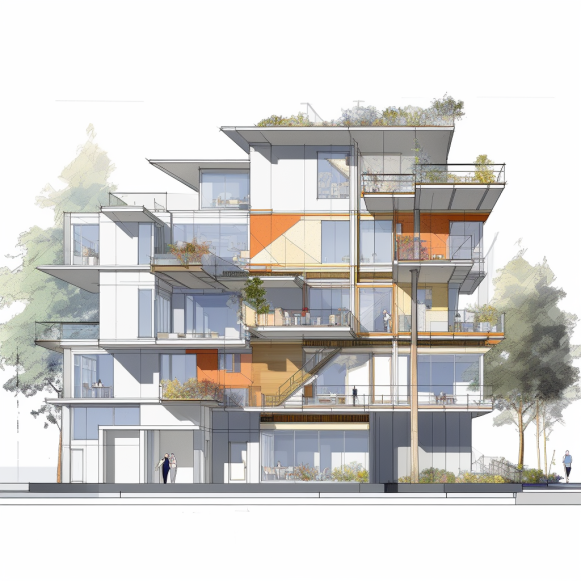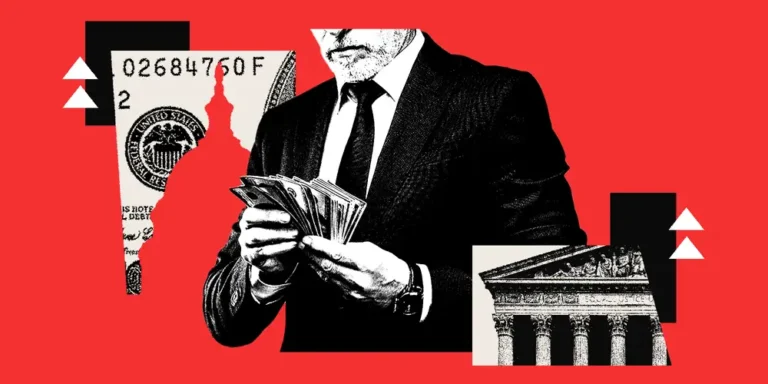Execs of color at TikTok and Snapchat open up about the influencer pay gap and how they’re trying to level the playing field for creators from diverse backgrounds

- Data on pay inequity between white and BIPOC creators is sparse, but influencers say the disparity exists.
- TikTok and Snapchat executives have built programs to try to assist creators of color.
- BlackTikTok, CasaTikTok, and Snapchat’s 523 program each have unique elements that aim to close the pay gap.
Alexzi Girma noticed a disturbing pattern a few years ago: very few creators of color were represented in the campaigns she helped organize while working on brand partnerships. Those who did participate were not compensated as well as their white counterparts.
Girma was inspired to consider how she could use her experience to assist BIPOC creators in growing their businesses.
Girma is now TikTok’s Black creator community development manager, in charge of #BlackTikTok, a virtual space on the social-media platform that amplifies Black creators’ voices and content. She has helped launch several initiatives for Black creators under this umbrella, including a program with a dedicated fund to pay participants and a three-month incubator that provides access to TikTok executives and other support.
“It was really important to me to take the insight I learned from working with brands to uplift Black creators and make sure they’re not only getting the credit but the capital they deserve,” she went on to say.
Data on pay disparities between white and BIPOC creators is limited, but a 2021 study conducted by the MSL Group in collaboration with The Influencer League revealed a 29% disparity. And, according to dozens of creators interviewed by Business Insider over the last year, they have been discriminated against consciously or unconsciously.
Jessica Ufuoma, a travel creator who has earned more than $50,000 this year, said she was paid nearly $20,000 less for a sponsored brand trip than a white creator with the same audience size and content deliverables.
Her story is not an outlier.
“Social-media platforms prioritize whiteness through their practices, censorship of nonwhite creators, and how the same message said by a white creator often receives more visibility,” Janice Gassam Asare, a racial-equity consultant who works with businesses to spearhead diversity, equity, and inclusion initiatives, said.
To address this, platforms ranging from Meta to TikTok have introduced a variety of programs that intentionally center nonwhite communities over the years.
BI spoke with executives from TikTok and Snapchat who are in charge of the initiatives that short-form content creators say have been most beneficial to them.
These programs provide tailored knowledge, connections, and funding to diverse creators such as Gabrielle Cerberville, who has 1.1 million TikTok followers.
“I wouldn’t have been able to grow my brand to what it is now without the program,” she said of #CasaTikTok. “To have a community made up of people who look like you, I can’t really describe what that feeling is like.”
Initiatives were developed based on conversations with creators and executives’ own experiences
TikTok’s Latin creator community lead, Kayla Zapata Fory, said being in “near-constant” communication with hundreds of creators helped her build #CasaTikTok.
Through funding, community-building activities, and professional development opportunities, the company initiative aims to elevate the voices of Latinx creators on the platform. To increase financial opportunities, the community focuses on two components: education and access.
“The most frequently mentioned issue by creators of color was pay disparity.” “They wanted to make the same amount of money as their white counterparts,” Fory explained.
Her own experiences as an Afro-Latina woman in the media inspired the initiative. She stated that she has found very little space for Latinx people in the industry throughout her career and wanted to help people feel seen and heard.
The CasaTikTok cohort, which currently has 500 creators, includes workshops on personal finance and media kit creation, feedback calls with TikTok executives, and panels with top brands on how to collaborate on paid opportunities.
Fory also collaborates closely with Girma on joint initiatives to reduce pay disparities in both communities, such as the Sephora and TikTok incubator program, which collaborated with BIPOC beauty brands and brought representatives in to speak with Black and Latinx creators. According to Fory, those brands invested more than $100,000 in brand deals with these creators.
“Programs like this kick open the doors for creators to make really valuable connections with brands and people who they might not have had the opportunity to meet otherwise,” she told me.
Snapchat has taken similar steps to become more inclusive, highlighting creators from underrepresented communities through its 523 program. The concept arose from discussions among Snapchat’s creator partnerships team members, including Varshini Shah and Francis Roberts, about how to support creators of color.
The program gives $10,000 per month to 25 creators to help them develop and film Snap content. One-on-one mentoring with Snap’s executive team, workshops on content best practices, and community events are also important components. According to the company, the platform invested more than $3 million in emerging Black creators over the course of a year to help them build their brands.
Roberts stated that he and his colleagues, including Shah, approached Snap’s management to convince them to invest in 523.
“It’s something that’s been ingrained in me, as a Black man, trying to understand that when I do have a seat at the table, how can I make sure we’re having those conversations that are uncomfortable in order to make a platform better for people of color,” he went on to say.
These discussions can be especially difficult given that some companies have recently reduced programs focusing on workplace inclusivity due to budget constraints and an uncertain economy.
Roberts and Shah, who received tens of thousands of applications for the first 523 cohort in 2021, stated that the company plans to add more tools in the future for Snapchat creators chosen to participate.
“We’ve all heard the stories and had conversations about the pay gap, and I’ve seen firsthand what that pay gap is like,” he said. “Programs like this are how you close that gap.”
Networking events and workshops help creators land more paid opportunities
AJ, a Snapchat creator who goes by her first name online, said that working with company leaders who look like her helped her increase her earnings from ad-revenue sharing on the platform to around $84,000 this year.
Her Snap liaison, Brooke Berry, invited her into spaces where she could connect with influencers with millions of followers and meet with companies she wanted to work with as a midsize creator with 347,000 Snapchat subscribers.
“When a platform like Snap has diverse leaders, they’re going to go out of their way to make sure people like me are able to get into rooms we might not have been invited into otherwise,” he said.
Cerberville, a TikTok creator who is also a member of CasaTikTok, said the program’s workshops have been invaluable in helping her build her financial literacy, including determining that she needed to form an LLC.
She went on to say that programs like these are beneficial because much of the advice on building an online brand is created by white creators and tailored to that audience. Creators of color who follow her advice risk whitewashing themselves, she warns.
“Discrimination is baked into TikTok’s algorithm because it centers on whiteness, so programs like CasaTikTok help normalize content by creators of color,” Cerberville said in a press release. “The more we’re out there and can showcase our different cultures, the more inclusive the platform will be.”
Colin Rocker, a creator who provides career advice to Gen Z and millennial professionals, said BlackTikTok’s in-person events have helped him connect with other creatives in his community.
He’s talked to creators about how much they charge and how they evolve their content, which has helped him price his paid partnership rates.
“Your network is your net worth,” Fory said. The more people you meet who look like you and are successful, the more motivated you’ll become.”






